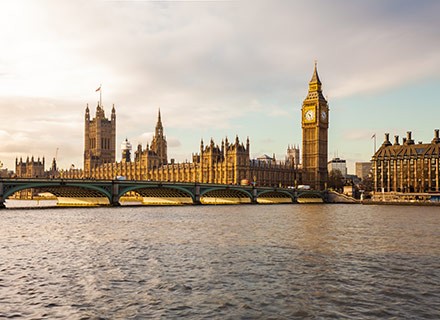Like most financial sectors the UK, speculation has been rife regarding the impact Brexit will have on investors’ returns in the real estate sector. And when it comes to prime central London (PCL) real estate, which is as much sought after by foreign buyers as it is by domestic high net-worth individuals (HNWs), there have been widely varying forecasts for the coming months and years.
As is often the case, the truth does not lie at one extreme or the other, but requires a more careful consideration of influencing factors and market trends.
Prime central London property prices
UK investors are always fascinated with property prices, and each month different estate agents release their own data to show how markets across the country are faring.
According to new research from Lon Res, prime central London property prices fell by approximately four percent last year. It would be easy to link this trend to Brexit, but this is likely not the case. In fact, figures released by HMRC at the start of this year actually showed that there was a 50% increase in the number of homes sold for over £10 million between 2017 and 2018.
In reality, property prices at the top end of the market have been impacted far more by George Osborne’s stamp duty hike in December 2014––the market has taken some time to recalibrate to this tax reform.
Ultimately, taking a short-term view of property prices presents certain difficulties. The property market is seasonal, which means there are inevitably monthly and quarterly variations. Moreover, anyone purchasing a property as an investment (or even as their primary residence) is typically looking for capital gains over a number of years, which therefore requires a more long-term perspective.
And of course this is why London property has established itself as such a popular asset among both domestic and international buyers. In the two decades between 1998 and 2018, the average selling price of a London property rose from approximately £120,000 to £700,000, an increase of 500%.
Regardless of Brexit uncertainty and the shift in the market following the aforementioned stamp duty changes, the predictions by market experts remain positive. Savills, for example, is predicting price growth in the PCL market of 12.4 percent between now and 2023.
Demand remains strong
The reason why many forecasts are charting long-term growth for PCL property prices is that demand is still strong.
Indeed,figures from real estate firm Knight Frank show that there was a 5 percent rise in the number of new prospective buyers during 2018 in the PCL market. And interest from overseas is undoubtedly playing a major role in this regard.

CEO
Butterfield Mortgages Limited
The long-term strength of London real estate coupled with the weakening value of the pound––it has fallen by approximately 15% against the value of the dollar and euro since the EU referendum in June 2016––continues to whet the appetite of international buyers. Underlining this point, Hamptons International research found that foreign investors bought 57% of homes in central London locations during the second half of 2018, and now account for a higher proportion of prime property buyers than they have in the past six years.
Brexit, it would seem, is doing little to deter foreign investors from considering PCL for their next property purchase.
The desirability of the capital
Cutting through the noise and speculation, the strength and stability of the PCL property market should not be underestimated. And headlines about the impact of Brexit or price crashes must be taken with a rather bigpinch of salt.
Even during the past two decades, when house prices in the capital increased by 500% on average, there were still months, quarters, or even years when the market slowed or dipped. But the appeal of London remains a constant.The city boasts world-leading universities, a plethora of cultural sites, huge professional opportunities, amazing bars and restaurants, and beautiful properties in all manner of styles.
This is why it is important not to fall into the trap of believing one extreme narrative or another.Instead, one should see the bigger picture when looking at the prime central London property market, appreciating the strengths it has to offer and its historical performance as an asset class.

